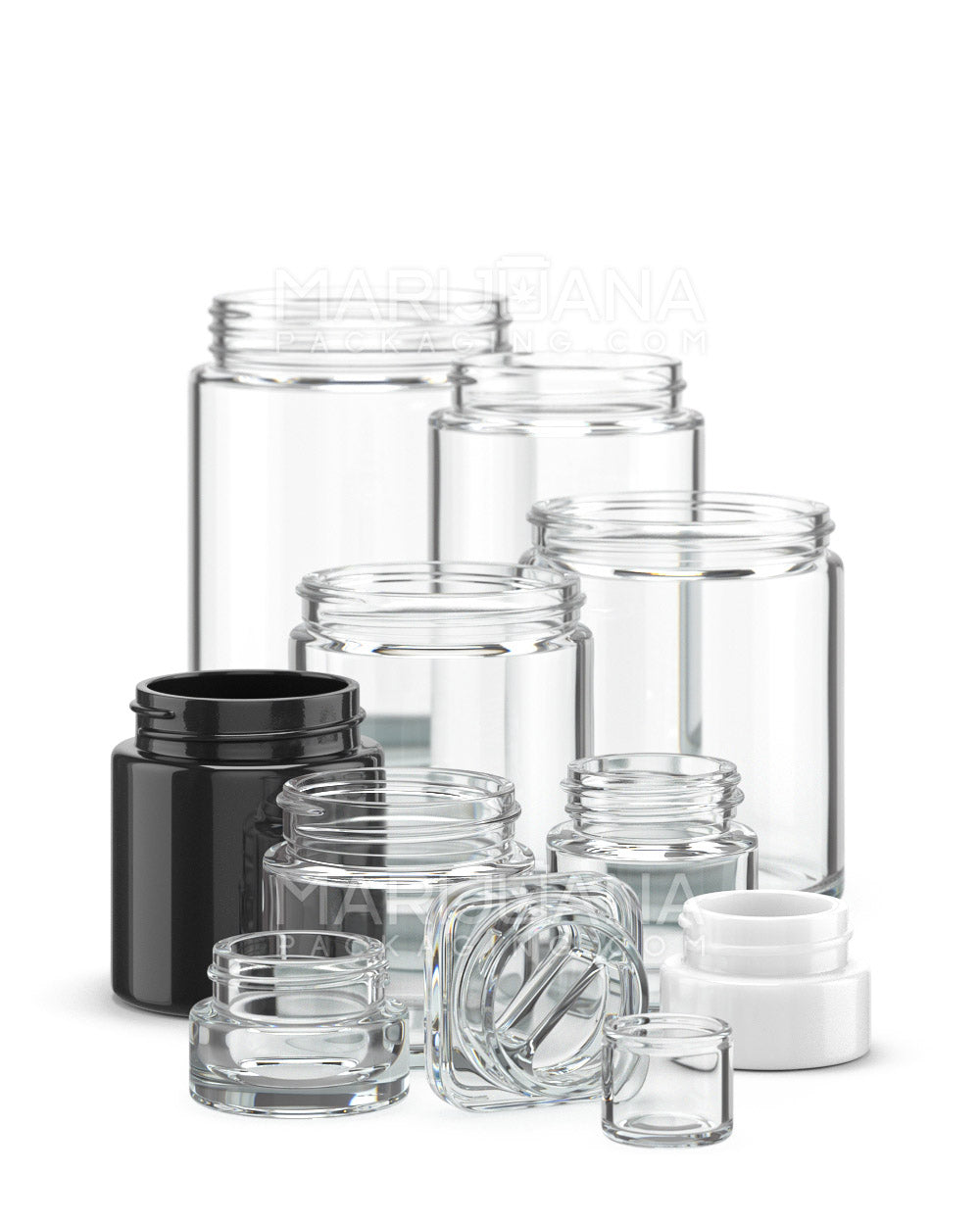The classification of marijuana as a Schedule 1 controlled substance has been a topic of intense debate and discussion for decades. It's a topic that strikes at the heart of legal, medical, and social issues surrounding cannabis use in the United States. You might wonder why marijuana, despite its widespread use and potential medicinal benefits, remains in the same category as drugs like heroin and LSD.
In this article, we'll take a closer look at the reasons behind marijuana's classification, the history of drug scheduling in the U.S., and the ongoing efforts to change its status. We'll also explore what this means for users, medical professionals, and the cannabis industry as a whole.
The Origins of Drug Scheduling
To understand why marijuana is classified as a Schedule 1 drug, we need to go back to the 1970s. The Controlled Substances Act (CSA) was enacted in 1970, establishing a system to regulate the manufacture, importation, possession, use, and distribution of certain substances. This act created five schedules, ranking drugs based on their potential for abuse, accepted medical use, and safety.
Schedule 1 drugs are considered the most dangerous, with a high potential for abuse and no accepted medical use. Despite its use in various cultures for centuries, marijuana was placed in this category. At the time, there was a significant lack of scientific research on its effects, leading to its classification alongside more dangerous substances.
The decision to include marijuana in Schedule 1 was influenced by political, social, and economic factors. The 1970s were marked by a strong anti-drug sentiment, and marijuana became a symbol of the counterculture movement. This cultural backdrop played a significant role in shaping drug policy, even if it meant that decisions were not always based on scientific evidence.
Criteria for Schedule 1 Classification
For a drug to be classified as Schedule 1, it must meet specific criteria. These include a high potential for abuse, no accepted medical use in treatment in the United States, and a lack of accepted safety for use under medical supervision. Let's break these down a bit further:
- High potential for abuse: This criterion focuses on the likelihood of a substance being misused or leading to dependency. The perception of marijuana as a recreational drug has often overshadowed its medicinal properties, contributing to its classification.
- No accepted medical use: Despite increasing evidence of its therapeutic benefits, particularly in pain management and treatment of certain medical conditions, marijuana's medical potential was not widely recognized when it was classified as a Schedule 1 drug.
- Lack of accepted safety: This point addresses the absence of widespread, standardized medical guidelines for marijuana use, which was especially true in the 1970s.
While the criteria seem straightforward, their application to marijuana has been contentious. The evolving understanding of cannabis and its benefits continues to challenge the validity of its Schedule 1 status.
Medical Marijuana: A Growing Acceptance
Despite its federal classification, marijuana has gained significant acceptance as a medical treatment in many states. Currently, a majority of states have some form of legalized medical marijuana, recognizing its potential to alleviate symptoms of chronic pain, epilepsy, multiple sclerosis, and other conditions.
Medical professionals and researchers have increasingly highlighted cannabis's therapeutic properties. Studies have shown its effectiveness in reducing nausea in chemotherapy patients and its potential in managing anxiety and PTSD. These findings have led to growing support for reclassifying marijuana to allow for more comprehensive research and broader access for patients.
However, the federal Schedule 1 status creates significant barriers. Researchers face stringent regulations that complicate the study of marijuana, hindering the collection of robust scientific data. This lack of research perpetuates the cycle of limited acceptance and understanding of cannabis's medical benefits.
Social and Cultural Influences on Marijuana's Status
Understanding marijuana's Schedule 1 classification also requires a look at social and cultural dynamics. Historically, cannabis has been associated with various cultural movements, and its use often carried a stigma. The "War on Drugs" campaign, initiated in the 1980s, further demonized marijuana, associating it with crime and social decay.
Public perception played a crucial role in maintaining its Schedule 1 status. Negative stereotypes and misinformation about cannabis use contributed to ongoing resistance against reclassification. However, as societal attitudes shift and more people advocate for legalization and decriminalization, the conversation around marijuana is changing.
Interestingly enough, public opinion has increasingly favored the legalization of marijuana, both for medical and recreational use. Polls show that a significant majority of Americans support some form of legalization, reflecting a shift in cultural attitudes that could influence future policy decisions.
Challenges of Reclassification
Reclassifying marijuana from Schedule 1 presents several challenges. For one, it involves navigating a complex bureaucratic process. The Drug Enforcement Administration (DEA) and the Food and Drug Administration (FDA) play essential roles in considering petitions for rescheduling.
These agencies require substantial scientific evidence to support reclassification, which is difficult to obtain due to existing research restrictions. Additionally, any move to reschedule marijuana must align with international drug treaties, complicating the process further.
Another challenge is the potential economic implications. Rescheduling could disrupt the pharmaceutical industry and affect the existing medical marijuana market. There's also a concern about regulatory changes needed to accommodate new legal frameworks for marijuana use.
Despite these hurdles, advocates continue to push for reclassification, arguing that the potential benefits, particularly for medical use, outweigh the challenges. The ongoing dialogue between policymakers, researchers, and the public is crucial in shaping the future of marijuana's legal status.
The Role of Research and Evidence
Scientific research plays a vital role in the debate over marijuana's classification. Evidence-based studies can provide a clearer picture of its risks and benefits, informing policy decisions. However, as mentioned earlier, the Schedule 1 status makes it difficult to conduct comprehensive research.
Researchers face significant legal and financial barriers when studying marijuana. Obtaining the necessary permits and funding requires navigating a complex regulatory landscape. This has resulted in limited large-scale studies, leaving gaps in understanding cannabis's full potential and risks.
Encouragingly, some progress has been made. Recent years have seen an increase in studies focusing on marijuana's therapeutic uses, and a few states have initiated research programs to explore its benefits further. These efforts could pave the way for evidence-based policy changes, potentially leading to reclassification.
State vs. Federal Law: A Complex Relationship
The discrepancy between state and federal marijuana laws adds another layer of complexity to its Schedule 1 status. While many states have legalized marijuana for medical or recreational use, it remains illegal under federal law. This creates a challenging environment for users, businesses, and law enforcement.
For individuals, this means navigating a confusing legal landscape where activities considered legal at the state level could still lead to federal prosecution. For businesses, particularly dispensaries, it results in difficulties accessing banking services and high taxes, as they cannot claim federal tax deductions.
The tension between state and federal laws highlights the need for a more unified approach to marijuana regulation. As more states legalize cannabis, the pressure on the federal government to reconcile these differences grows. Such changes could significantly impact the cannabis industry's growth and the broader acceptance of marijuana use.
The Future of Marijuana's Legal Status
While it's hard to say for sure what the future holds for marijuana's legal status, there are signs of potential change. The growing acceptance of cannabis for medical and recreational use, coupled with increased advocacy for legalization, suggests a shift in the policy landscape.
Some lawmakers have introduced bills to decriminalize marijuana at the federal level, aiming to address the disparities between state and federal laws. These efforts, combined with increasing public support, could pave the way for reclassification or even legalization in the future.
However, any changes will require careful consideration of the social, economic, and health implications. Policymakers will need to balance these factors while addressing the concerns of various stakeholders, including healthcare providers, law enforcement, and the public.
Final Thoughts
In summary, marijuana's classification as a Schedule 1 controlled substance is a complex issue influenced by historical, social, and scientific factors. While its federal status remains unchanged, the growing support for legalization and medical use suggests that change may be on the horizon.
For those in the cannabis industry, navigating this landscape can be challenging. That's where Gamut comes in. With over a decade of expertise in packaging for consumer goods, Gamut offers solutions tailored to your needs. Whether you're looking for stock options, custom designs, or industry-specific solutions, Gamut runs the gamut to help your brand stand out in any market.



















